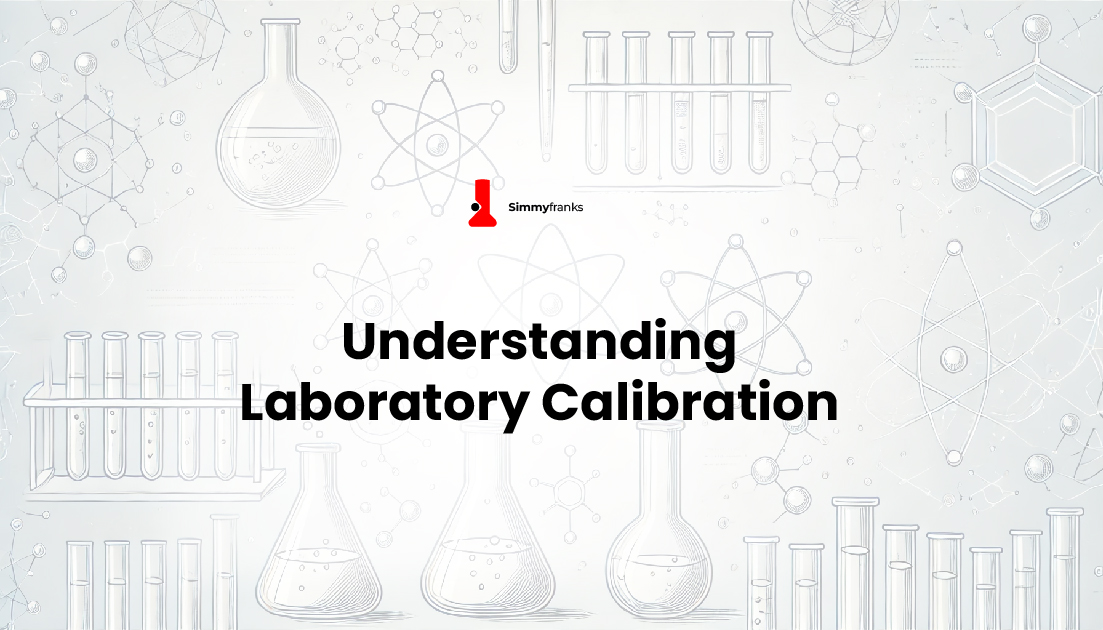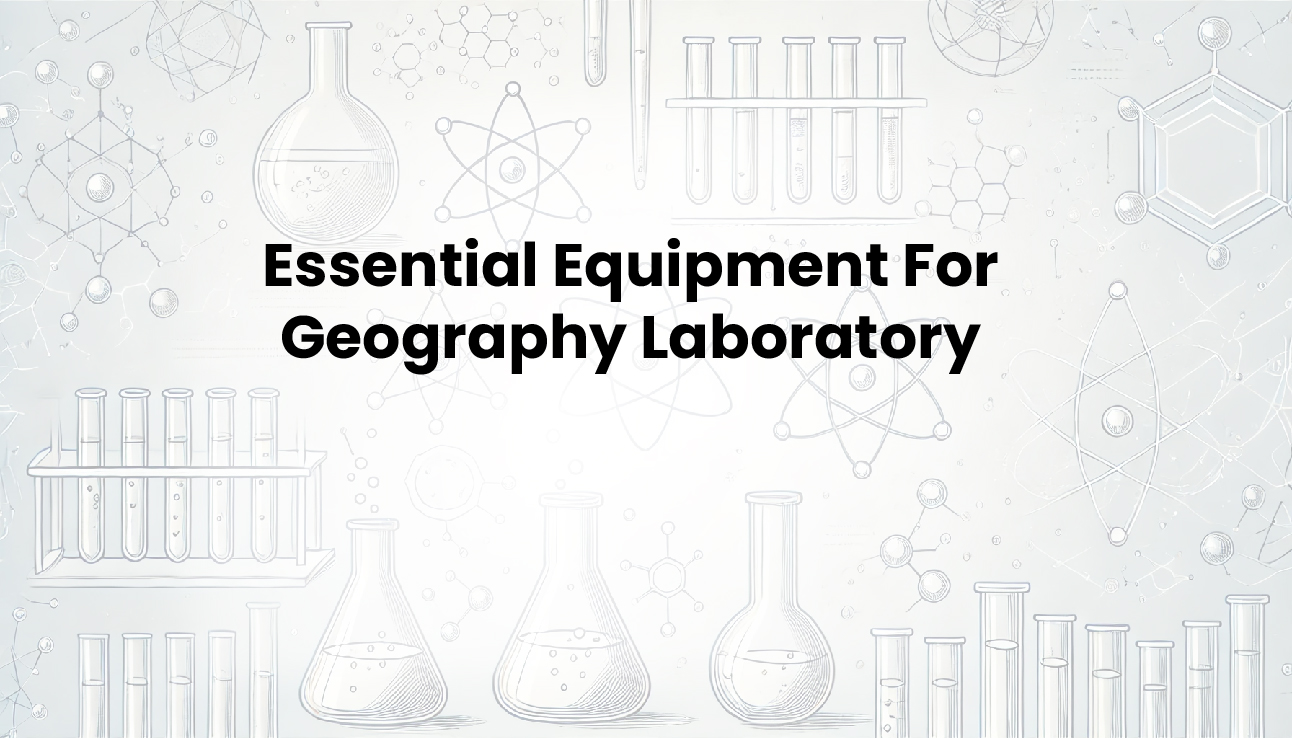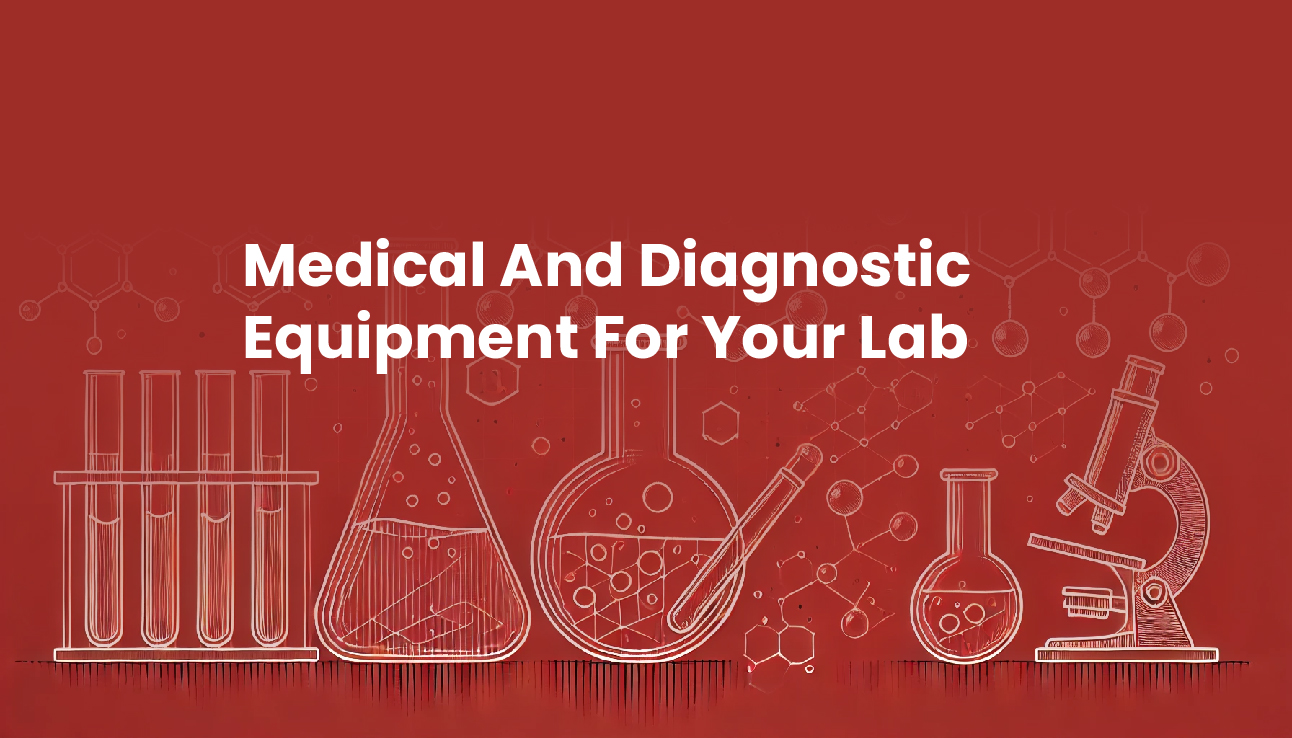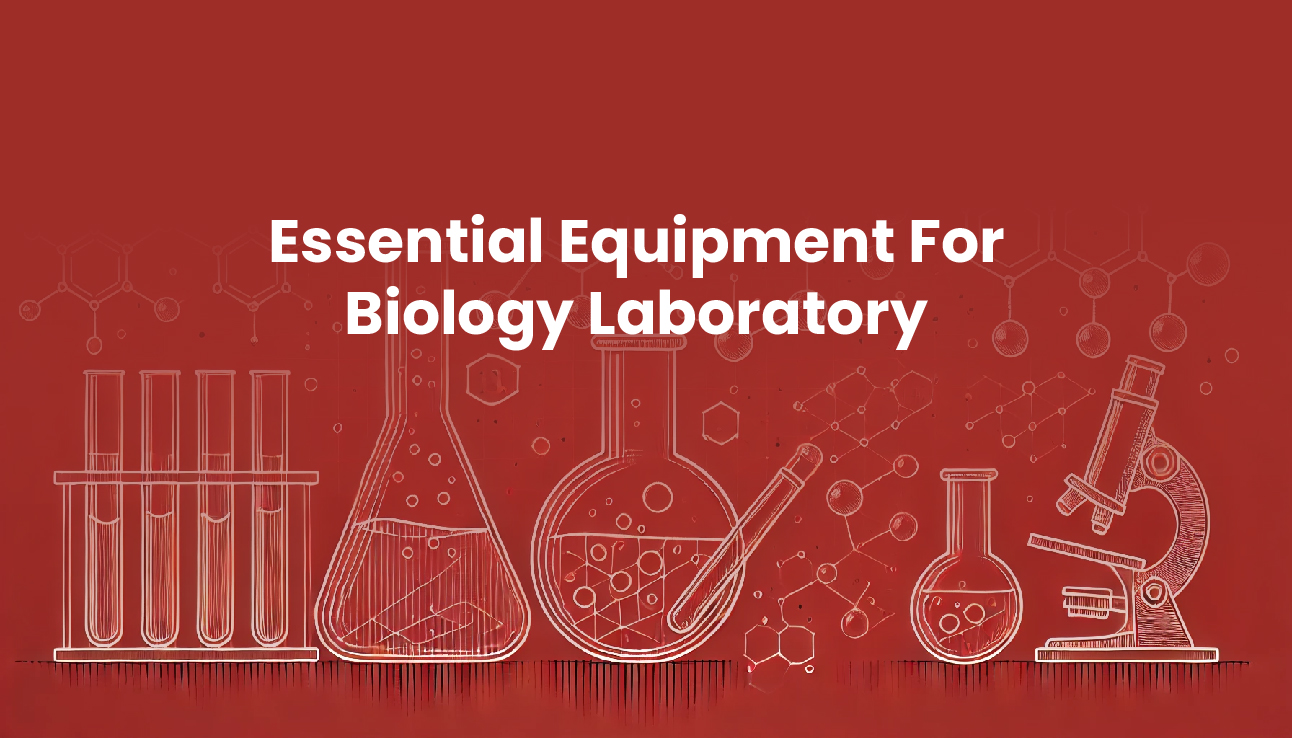In the field of laboratory science, staying ahead of the curve is not just an advantage; it’s a necessity. Technological advancements continually shape the landscape of laboratory equipment, offering researchers and scientists innovative tools to push the boundaries of discovery and efficiency. In this article, we’ll explore the latest advancements in laboratory equipment and the importance of staying informed to elevate your research capabilities.
The Rapid Evolution of Laboratory Equipment
Laboratory equipment has come a long way since the early days of scientific exploration. While the fundamental principles remain constant, the instruments and tools used to conduct experiments and research have undergone significant transformations. The key driving forces behind these advancements include:
- Technological Progress: Advances in materials, electronics, and automation have given rise to more sophisticated and precise instruments.
- Research and Development: Investment in research and development by both public and private sectors fuels innovation.
- Cross-Disciplinary Collaboration: Collaboration among various scientific disciplines has led to the development of versatile equipment with broader applications.
- Market Demand: Laboratories and industries have growing needs for faster, more accurate, and user-friendly equipment.
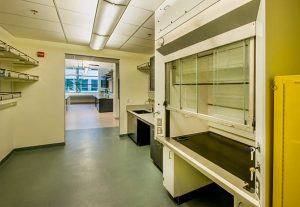
The Benefits of Modern Laboratory Equipment
Investing in modern laboratory equipment goes beyond having the latest gadgets—it directly impacts the quality and efficiency of research and testing. Here are some key benefits:
1. Improved Precision and Accuracy
New laboratory instruments are designed with a focus on precision. Improved sensors, calibration methods, and data analysis capabilities contribute to more accurate measurements, reducing the margin of error in experiments.
2. Increased Efficiency
Automation is a driving force behind efficiency in modern laboratories. Automated sample handling, analysis, and reporting save valuable time and resources, allowing researchers to focus on the scientific aspects of their work.
3. Enhanced Data Management
Advanced laboratory equipment often comes with sophisticated data management systems. These systems not only store and organize data but also facilitate collaboration among researchers by providing real-time access to results and findings.
4. Better Flexibility and Customization
Modern laboratory equipment is designed to be versatile, allowing researchers to adapt to changing experimental needs. Customization options provide flexibility, ensuring that the equipment meets the specific requirements of diverse research projects.
Advancements in Laboratory Equipment: How to Evaluate and Choose New Equipment
As laboratories consider upgrading or acquiring new equipment, a strategic approach to evaluation is crucial. Here are some considerations to keep in mind:
1. Research Objectives
Align the choice of equipment with the overarching goals of your research. Whether it’s high-throughput screening, genomics, or analytical chemistry, selecting equipment that complements your objectives is essential.
2. Compatibility
Ensure that the new equipment integrates seamlessly with existing laboratory processes and workflows. Compatibility minimizes disruptions and accelerates the adoption of the new technology.
3. Training and Support
Investigate the availability of training resources and ongoing support from manufacturers. Adequate training ensures that laboratory staff can harness the full capabilities of the equipment, maximizing its potential.
4. Lifecycle Costs
Consider not only the initial purchase cost but also the total cost of ownership over the equipment’s lifecycle. Factors such as maintenance, consumables, and potential upgrades should be factored into the decision-making process.
Advancements in Laboratory Equipment: Installation, Training, and Maintenance of Modern Equipment
The journey with modern laboratory equipment doesn’t end with the purchase. Proper installation, thorough training, and proactive maintenance are essential for ensuring optimal performance and longevity.
1. Installation
Follow manufacturer guidelines and, if necessary, enlist professional installation services. Proper installation is foundational to the equipment’s functionality and reliability.
2. Training
Invest in comprehensive training programs for laboratory personnel. A well-trained team can fully leverage the features of modern equipment, enhancing productivity and minimizing errors.
3. Maintenance
Establish a routine maintenance schedule to keep equipment in peak condition. Regular inspections, calibration checks, and timely repairs contribute to the longevity of the equipment and the accuracy of results.
Advancements in Laboratory Equipment: Conclusion
In the fast-paced world of laboratory science, embracing advancements in equipment is not just a matter of preference—it’s a strategic imperative. By staying informed about the latest technologies, evaluating equipment thoughtfully, and ensuring proper installation and maintenance, laboratories can unlock new levels of efficiency and precision in their research endeavors.
At Simmyfranks West Africa Ltd., we understand the importance of staying at the forefront of laboratory technology. Our commitment to providing quality products and supporting our clients in their pursuit of scientific excellence sets us apart. Explore the possibilities with Simmyfranks and elevate your laboratory to new heights.
Stay tuned for more insights and updates on laboratory best practices and advancements from Simmyfranks West Africa Ltd.


